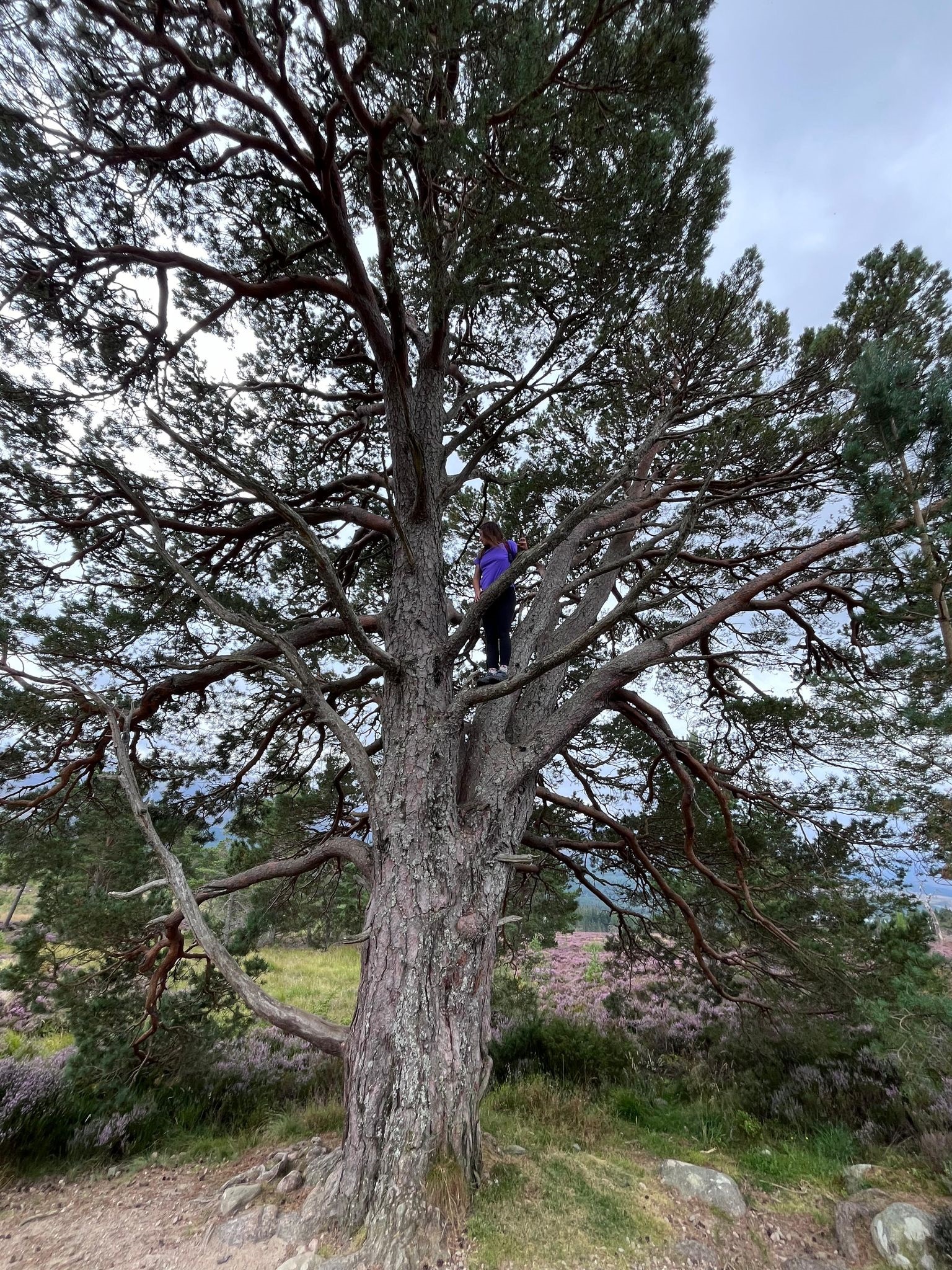This gamified sensory walk by Rosa Inês Soares, invites participants into an embodied dialogue with each other, the landscape, and the often-unseen challenges of navigating the world from different perspectives. Grounded in research and personal experience with disability, the walk explores the intersection of trauma-informed design, somatic movement practices, and socially engaged walking art.
Set along a path that transitions from urban to natural space, the walk is designed for a small to medium group, encouraging connection to place and community. Together, participants begin freely, but as the walk unfolds, subtle, unspoken constraints are introduced—simulating real-world challenges faced by neurodivergent individuals. These embodied obstacles prompt collective adaptation and reflection, transforming walking into an act of witnessing and inclusion.
Checkpoints along the route offer space to pause, reset, and engage in movement-based prompts and group conversations on often-silenced themes such as tokenism, financial strain, or alternative communication. This is not only a space for play and empathy, but also an invitation to reimagine walking as a participatory, political, and sensory practice—shaping how we move together through shared spaces, especially with communities experiencing heightened vulnerability.

Walking Arts & Local Communities (WALC) is an artistic cooperation project, co-funded by the European Union, Creative Europe, starting in January 2024 for four years. With seven partners from five countries, WALC establishes an International Center for Artistic Research and Practice of Walking Arts, in Prespa, Greece, at the border with Albania and North Macedonia, backed up by an online counterpart in the format of a digital platform for walking arts.
WALC builds on the previous work of hundreds of artists and researchers already practicing Walking Arts as a collaborative medium, and having met at the significant previous walking arts events and encounters in Greece, Portugal, Spain, France, Belgium, and during online activities at walk · listen · create.

We acknowledge the support of the EU Creative Europe Cooperation grant program in the framework of the European project WALC (Walking Arts and Local Community).
Funded by the European Union. Views and opinions expressed are however those of the author(s) only and do not necessarily reflect those of the European Union or the European Education and Culture Executive Agency (EACEA). Neither the European Union nor EACEA can be held responsible for them.




